According to Advocates for Youth, sexuality education began when western countries faced an increase in teenage pregnancies. Years later, particularly in African countries, the outbreak of AIDS/HIV sparked the importance of sexuality education. While the beginning of sexuality education addressed specific concerns, it developed to promote general sexual and reproductive health. It began to equip our children with knowledge, values, and attitudes to make responsible choices about their sexual and reproductive life. The United Nations Populations Fund recognises sexuality education as part of the human rights principles which advance gender equality and ensures that young people are empowered to make good choices. Recently, the Planned Parenthood Organization has considered sexuality education as the most effective tool to sustain women’s rights.
In most of the developing countries where sexuality education is a taboo, children tend to discuss sexual matters with their peers. Peers who are not “sexually” educated can provide poor information and inadvertently create sexual and relationship problems, which can affect the rest of their lives. Other countries forbid sexuality education, believing it motivates young people to have early sex, premarital sex in particular. However, studies have shown that sexuality education helps to create well-informed young people who can make their own choices and develop confidence and self-esteem regarding their sexual and relationships’ life. It shapes safer and healthier relationship for generations.
Sexuality education should occur throughout a student’s grade levels, with information appropriate to the students’ development and cultural background. It should include information about puberty, reproduction, abstinence, contraception and condoms, relationships, sexual violence prevention, body image, gender identity and sexual orientation. Sexuality education should be a strategic tool to promote safe sexual and reproductive health and establish each individual’s human rights.
It is important to assess the community’s understanding of and sensitivity towards sexuality education and its suitability to be included in the school’s curriculum. Moreover, the views and concerns of teachers and other professionals should be considered to introduce sexuality education in the learning scheme effectively. This approach can reduce resistance to sexuality education and address questions and misconceptions to bring about behavioural and attitudinal change.
Other crucial stakeholders who support the availability of holistic sexuality education should be involved. Likewise the young people and youth initiatives engaged in the field of sexual and reproductive health can play a big role in identifying concerns and commonly held beliefs about sexuality. Key stakeholders can recommend activities that address such concerns and suggest refinements during pilot-testing.
Successful sexuality education needs policies that address the structural determinants of socioeconomic and cultural norms which are blocking progress. They will also avert disparities amongst vulnerable groups and maintain social equity. This can be feasible if multisectoral strategies are formed to plan approaches and monitor their implementation.
For instance, Latin America and Caribbean Health and Education ministers signed in 2008 a historic declaration affirming a mandate for national school-based sexuality education throughout the region, which began with multisectoral strategies to approach their long-term objectives. This committed to targets for reducing the number of schools which do not provide sexuality education and to reducing the number of young people who are not covered by health services that appropriately attend to their sexual and reproductive health needs.
Sexuality Education should not be treated as a topic that can be added to the curriculum or not; it should be a compulsory scheme that every child and adult should have in their educational journey to prepare for their sexual and reproductive life. Once our sexuality education is comprehensive and effective, future generations will be happier, stable and safe.


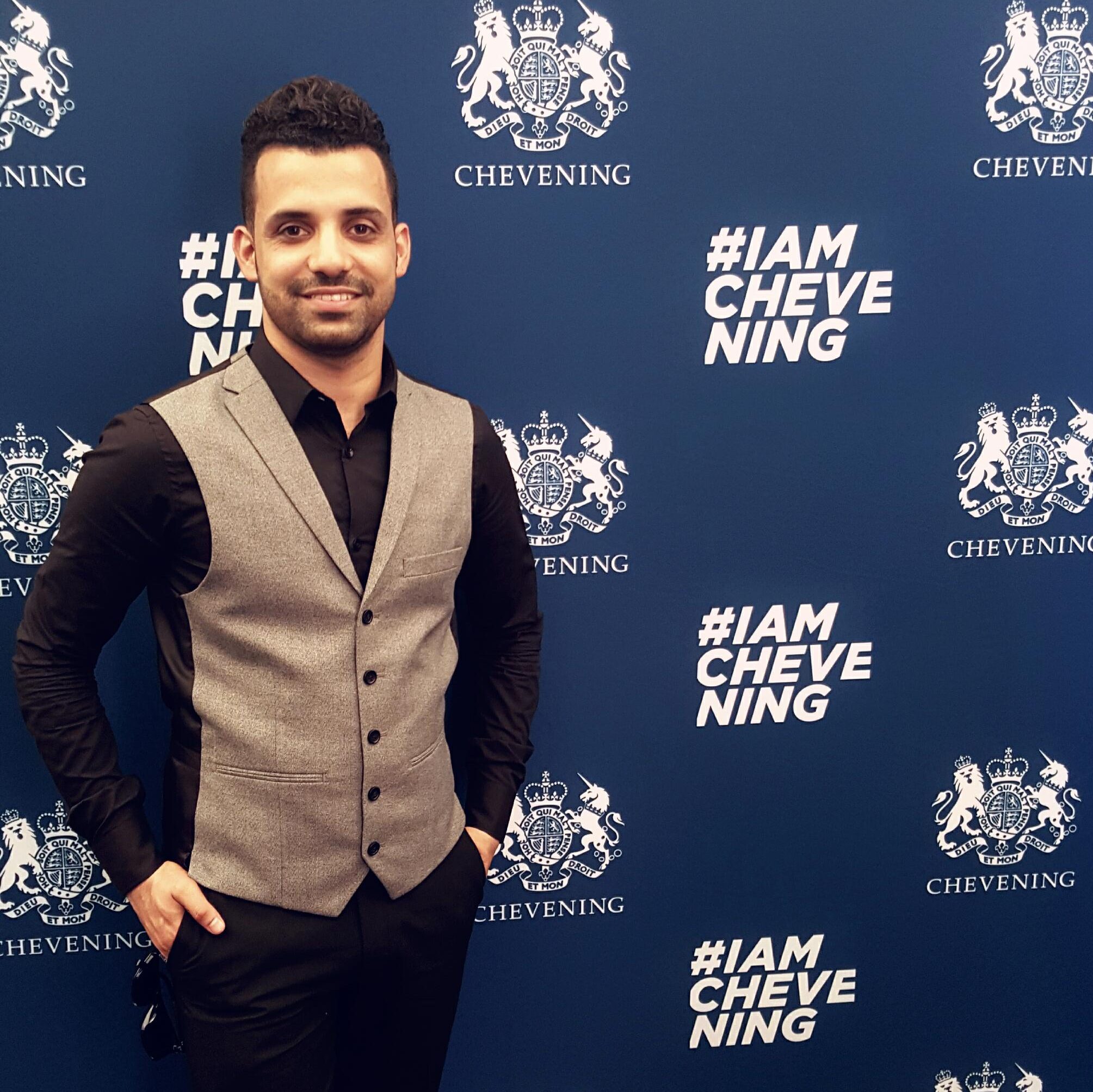






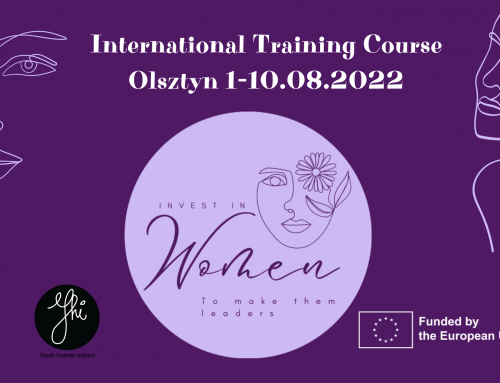




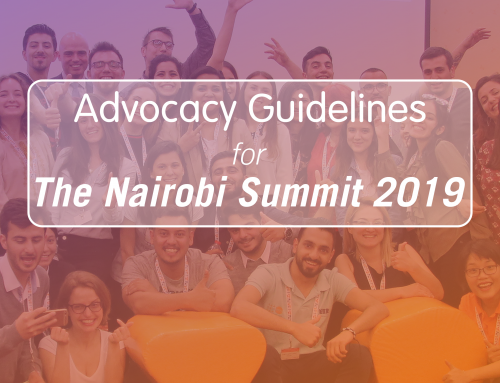
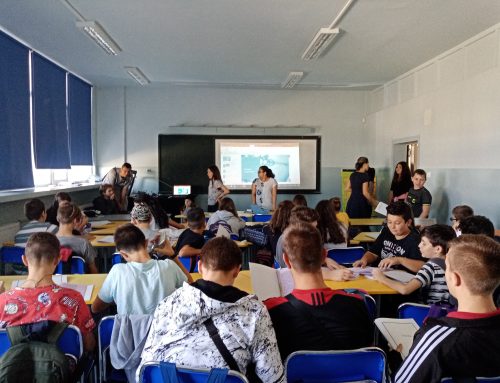





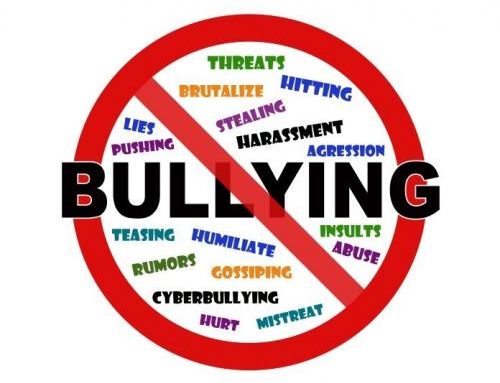



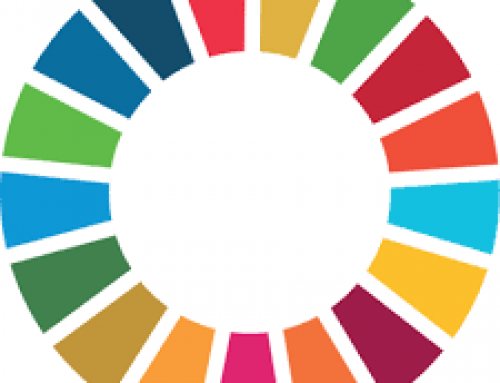



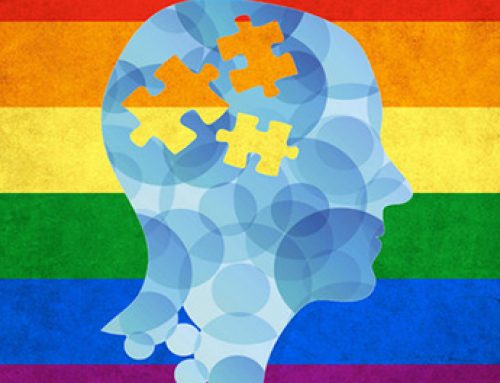

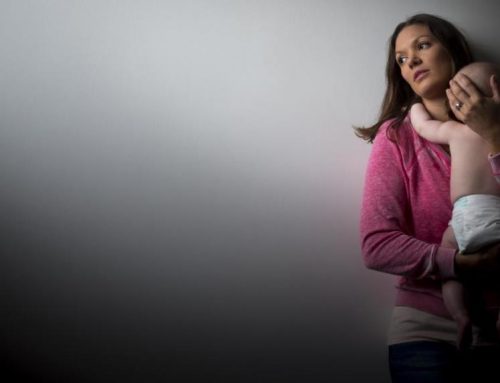

Leave A Comment
You must be logged in to post a comment.